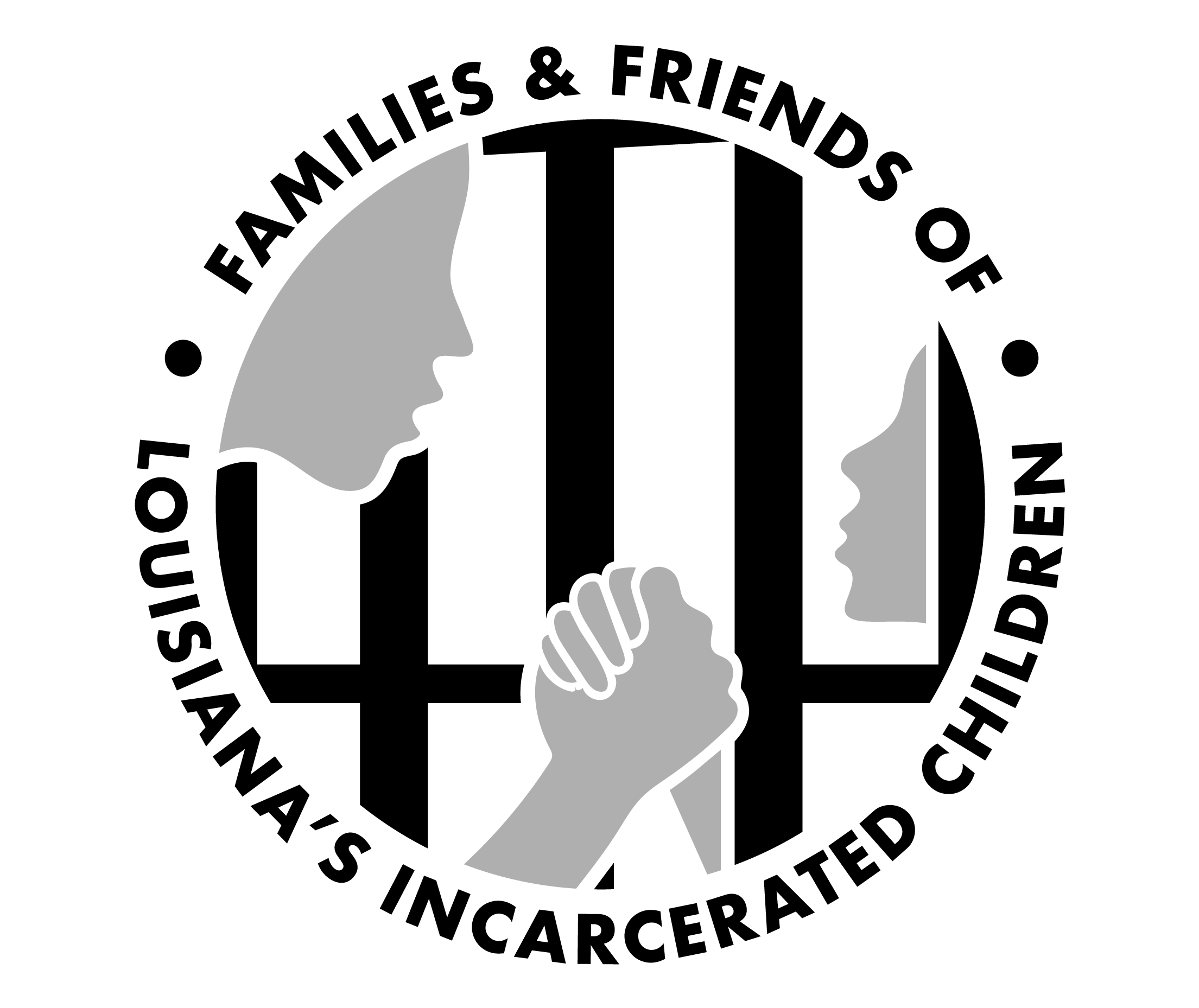As kids prepare to go back to school in the fall, we must remember Louisiana’s youth who are denied their right to an education. Although the youth who are incarcerated in Louisiana’s facilities have the right to an education under federal and state law, many are receiving minimal and inconsistent instruction that does not meet their needs and abilities. Instead of instructional time, facility staff are “handing out worksheets for kids to fill out alone,” according to an investigative report.
Meanwhile, other youth aren’t getting educational services at all. The Acadiana Center for Youth in St. Martinville did not provide education to its youth for months, a fact confirmed by the Office of Juvenile Justice (OJJ) Assistant Secretary Perry Stagg, who is charged with providing educational oversight in the facility. Despite this being a clear violation of state and federal law, there is no accountability for the care, safety, and education of our youth. The facilities continue to run, costing taxpayers nearly 5 times what we spend to keep a child in school.
Our systems are failing our youth every day, but they are disproportionately affecting Black and brown youth, and those with disabilities. Multiple studies have shown that youth with intellectual and developmental challenges are overrepresented in the system, making up an estimated 33% of the total population of incarcerated youth. Schools’ failure to support students early on begins a cycle of disconnection, and many youth in secure care facilities say they did not receive an education that met their needs, according to a recent report by Bellweather Education Partners. One student said, “When you can’t do the work, it’s easier to get kicked out of class than risk getting called on to read out loud.” There is a clear need to provide educational needs-based support; instead, too often kids who need more engagement in classrooms are pushed out and schools continually avoid responsibility for a child’s learning, beginning the cycle of incarceration.
We know that youth have the highest likelihood of leading productive, healthy lives when they are in their communities, and we have to work to create the systems that can support and keep them there. The most effective strategy to keep communities safe is to provide education and rehabilitation outside of incarceration, because when youth are taken from school and put in the system, only 16% return to school upon release. The entire community is served when all youth have access to quality education that encourages their intellectual, personal, and emotional growth and supports them reaching their full potential. Education is the key to incarceration prevention and it begins in communities and schools, so we must put more resources, energy and efforts into creating educational systems that meet students’ needs and challenges. But at the very least, we must guarantee that every child, no matter where they are, has access to the education they have a right to.
The Louisiana Department of Education (LDOE), who is responsible for implementing the educational programming in youth secure care facilities, needs to adhere to the law and provide quality, relevant, ability-appropriate education and follow the accountability structure already in place. But there is little communication, transparency or accountability between LDOE and OJJ, resulting in overlapping state failures to provide services. We need a continuum of care. Policymakers, school administrators, and youth service providers must work with youth, families, advocates, and care providers to collaborate on strategies that work instead of funneling money into a broken incarceration system that doesn’t serve anyone. We can’t abandon our youth. We must keep fighting for their quality education to bring our youth back into our communities where they belong.



